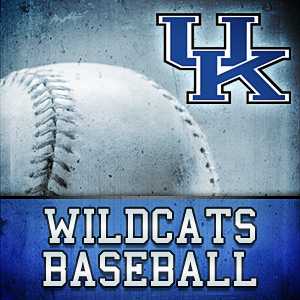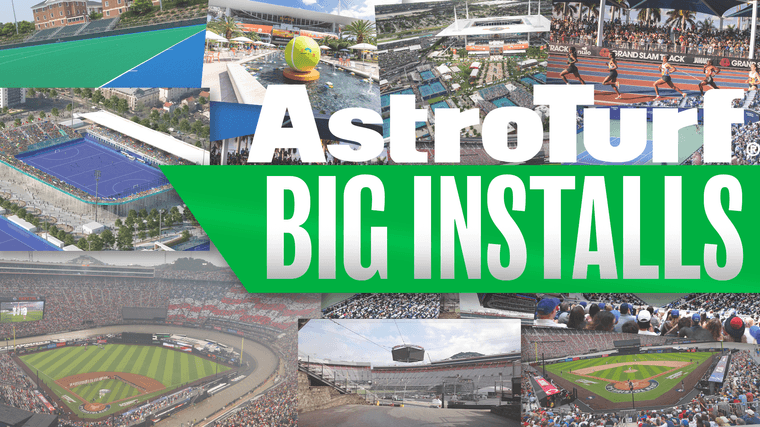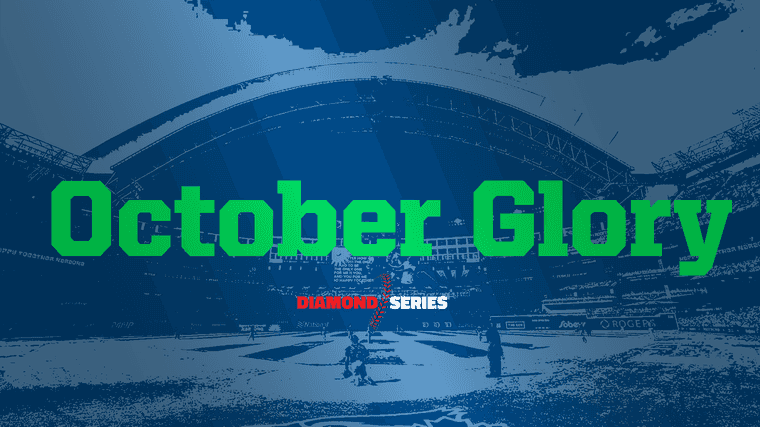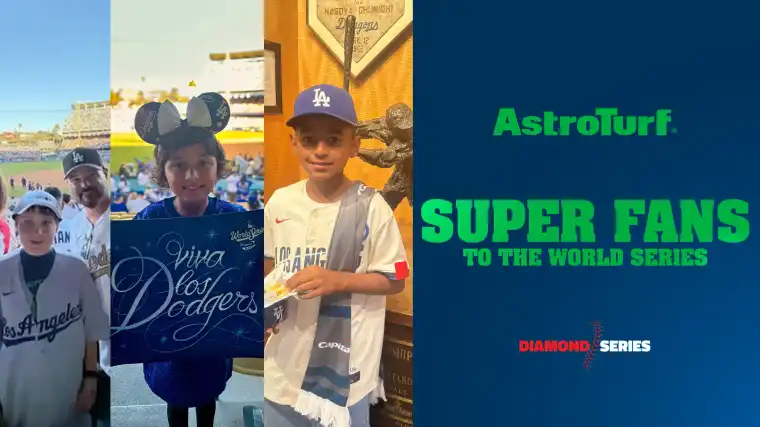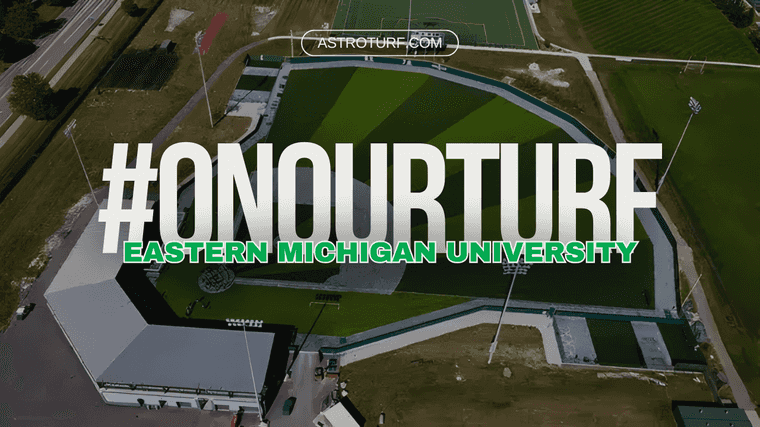By CHRIS LEACH/Lexington Herald-Leader
UK announced last year that the stadium’s new surface would be synthetic. This week, the school revealed the company that would handle the installation, a change from the traditional real grass and dirt of the team’s current home, Cliff Hagan Stadium.
AstroTurf is the company that invented artificial playing surfaces in the 1960s and takes the name from its installation in Houston’s legendary Astrodome. The AstroTurf of today was everything Kentucky was looking for in a new playing surface.
“The synthetic tends to be more versatile in terms of the amount of hours you can be on it with any number of activities,” said Kevin Saal, UK’s executive associate athletic director who oversees internal operations. “When you’re dealing with a natural field, there’s a threshold of activity that you can have on that field, and be able to keep it pristine and first class for your competition season.”
About two years ago, the foul-ball territory at Cliff Hagan Stadium was replaced with synthetic turf. That area has proven to be more durable and versatile than natural grass, which is what led UK to choose a synthetic field over a natural one. UK’s football field, installed in 2015 by Vescio’s SportsFields, is also synthetic.
The new baseball field — AstroTurf’s Diamond Series — is made entirely of synthetic grass except the pitcher’s mound, which will be made from clay. The new field will be similar to the University of Louisville’s — although provided by a different company — on which UK played in this year’s NCAA Tournament super regional.
AstroTurf says it has installed more NCAA Division I synthetic baseball fields than any of the other artificial turf companies combined, including ones at Western Kentucky, Indiana and Michigan
AstroTurf has also installed a synthetic field for Major League Baseball’s Toronto Blue Jays.
“Honestly, the stadium they’re building is ridiculous, … there’s going to be nothing like it in college baseball, I mean they’re building a palace,” Aaron Klotz, director of baseball operations at AstroTurf, said of UK. “For us to be involved in that, we feel very fortunate, very excited to work with Kentucky on this as well.”
The new stadium will feature 2,500 chair-back seats, additional space to accommodate about 4,000 fans for regular-season home games, and the option of temporary seating that could increase capacity to about 7,000 in the event that UK is selected to host NCAA Tournament games. UK broke ground on the stadium in March, and it’s targeted for completion by the fall of next year.
One of the concerns UK had with a synthetic surface was maintaining the high-traffic areas on a baseball field, such as the batters’ boxes and first-base area.
However, AstroTurf has come up with a way of replacing those areas without having to dig up the turf in a lengthy replacement process.
“I think that’s really game-changing in my opinion, is that you have a replacement panel system in the batters’ box area,” Klotz said, “You can actually Velcro-out one of the batters’ boxes and replace it when the turf wears out.”
The synthetic field also will reduce time spent in rain delays. The Wildcats spent more than two hours in a rain delay before their regional championship win over North Carolina State this past season, much of it after the rain had stopped.
“You got a mound tarp to protect the clay mound and as soon as the rain stops, you’re playing because it all drains through a gravel and sand sub base,” Saal said.
Another concern UK had with an artificial field was how the play of the game would be affected. While baseball purists won’t be able to get the natural grass look they enjoy, they won’t have to worry about a synthetic field altering the play of the game, Saal said.
“They (AstroTurf) could take their testing equipment and put it on the Cliff field right now and they could get, over time: average degradation of bounce height, or ball speed, how high is it bouncing up off the ground if it hits at a 45-degree angle,” he said.
Saal said AstroTurf could then take that profile created on Cliff Hagan’s field and match it to the new synthetic surface.
On top of doing studies and tests in Lexington, the UK staff also did some research elsewhere to see how other synthetic fields hold up.
“We took two days and went to five or six different facilities in the region, and we talked with their director of sports turf or grounds, we talked with their head baseball coach,. We talked about playability and consistency and some of the issues they had,” Saal said.
As for the rest of the stadium, construction has gone smoothly and the opening date of late summer/early fall 2018 is still on track. Saal said a lot of the dirt grading work has been done, and most of the concrete walls around the locker room lounge and tunnels have been poured.
He said that steel work will start next week, meaning fans will see elevated structures when they drive to Kroger Field for football games soon.
